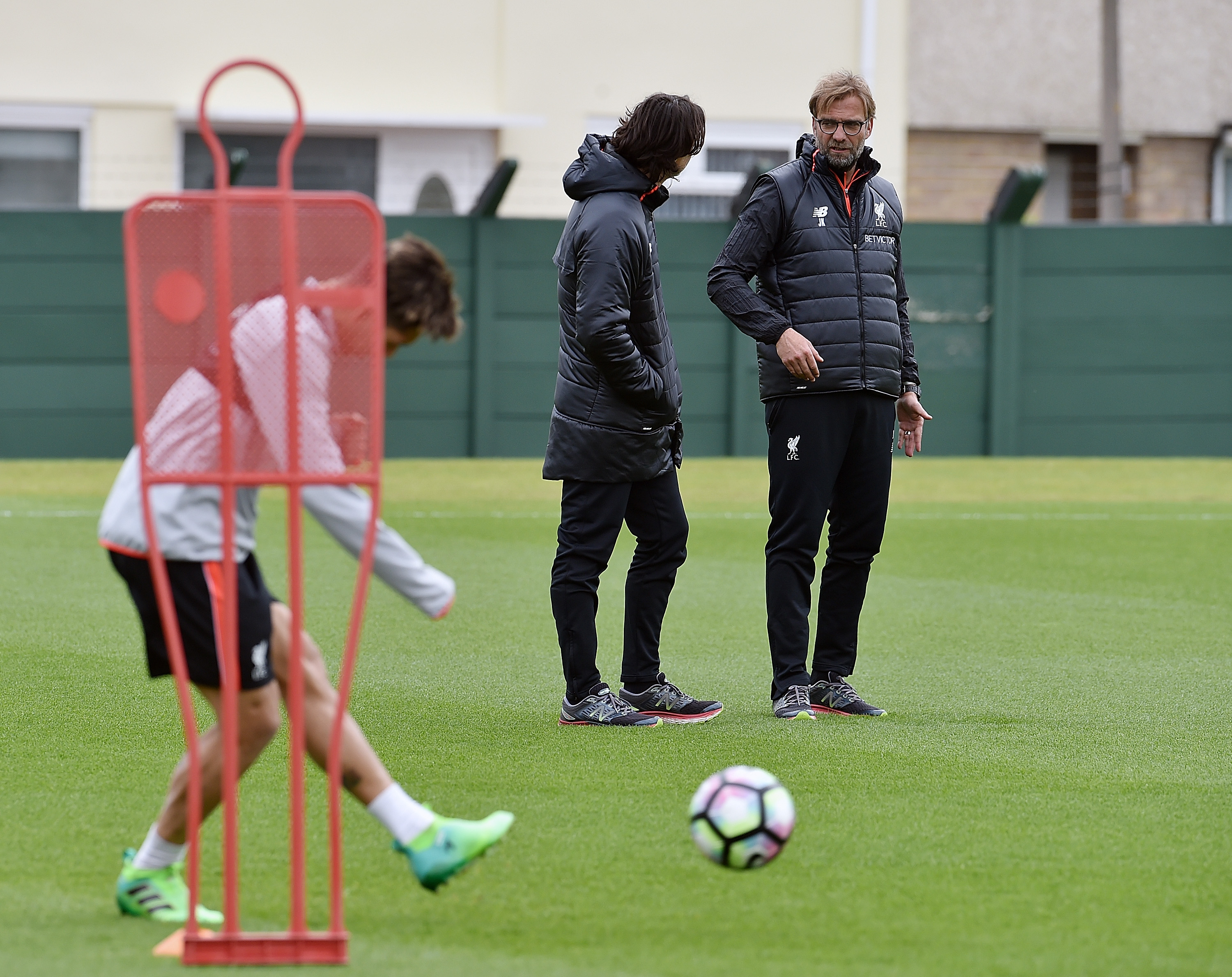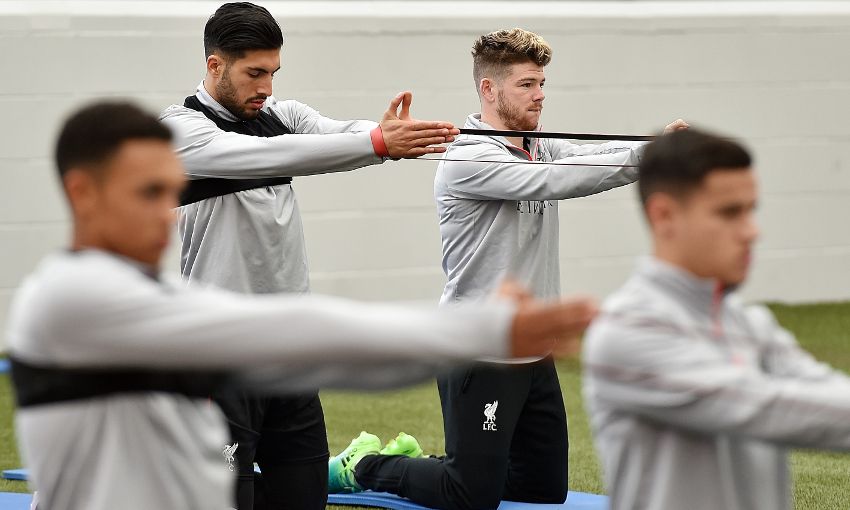Explained: The science behind LFC's training drills this week
Liverpool fans were given a unique glimpse into a typical Melwood training regime this week as we brought you behind-the-scenes photographs and footage – but what was the purpose of the session? Allow us to explain…
Our snaps showed the squad and staff in the performance gym, taking part in exercise drills which comprised of stretches, resistance bands, foam rollers and some mat work.
They offered a closer look at some of the warm-up techniques used by the Reds, but what was it for?
It’s all core and flexibility work to help players understand their bodies better, according to first-team development coach Pepijn Lijnders.
He told Liverpoolfc.com: “Focusing on developing your body is a powerful weapon to develop altered changes of consciousness. Nothing beats development; nothing beats feeling strong and healthy, both physically and in mind.
“Being a ‘professional’ involves many tasks and one of them is to get to know your body and its reactions. With simple exercises you can create a strong, confident and healthy body – and flexibility, core and nutrition are on the base of this.
“This is why Gini and Roberto, for example, look how they look, play like they play, and press like they press.”
After this, the lads went out onto the training pitches and set up mannequins at various – yet accurately planned – points before engaging in a passing and movement drill.
Our LFCTV GO clip above shows these exercises taking place close up – and while to the untrained eye they may appear simplistic, there was a carefully considered method behind it.
“The first reason is to get the body and mind back up to speed; the player’s body is still fatigued from the last game so we need time to recover him, but in a specific way that’s related to our game idea,” said Lijnders. “It brings freshness and agility to the players and creates the right focus, this needs time.
“The second reason is, if we want a game based on having the ball and attacking the opponent, we need to get to the details of passing and receiving.
“It always comes from the main idea; circulating the ball through the free spaces of the opposition’s structure to create a free player by using the third-man concept. We want to control the game with the ball to attack and create more possibilities to finish like this, playing always to score the next goal.

“So, ‘passing’ is one of the important principles of this idea. We focus on all the details like body positioning, first-touch orientation, speed of movements and so on. What’s important is we connect everything with our specific way of play, each exercise is related to this and builds towards a perfect game in our eyes.
“Then, thirdly, we try to improve the timings, the connection, and the interaction between our players with low emotional and physical tension, so basic dynamic patterns that will give our players at least two options when they have the ball in possession.
“The type of recovery exercise we do changes depending on the type of game the players have just had; sometimes it’s better to recover with foot volley where they can move their body freely, other times it’s better to use a small rondo, for example, when we’ve had a game with loads of long, high-ball transitions to give them the other side.”



